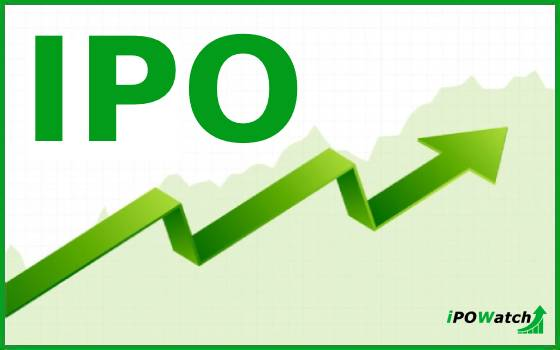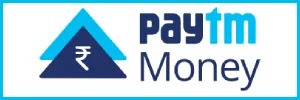Business, Economy, Finances, Banking & Insurance
Press release from: Evalueserve ![]()
(openPR) – During 2003–07, India’s economy grew at an average annual rate of 8.6% and reached US $1,030 billion in the calendar year 2007. However, during the last 16 years (1991–2006), the annual inflation (as measured by the average wholesale price index [WPI]) has been approximately 6.67%. Given the savings rate and liquidity in the system, Evalueserve’s analysis shows that the annual inflation in India is likely to hover around 5% during the next 14 years. Assuming a constant exchange rate, where one US Dollar equals 40 Indian Rupees, India’s economy is likely to be $1,490 billion in 2010 and around $5,040 billion in 2020 (in nominal terms). This implies that even after accounting for inflation, there will be more than a five-fold increase in India’s economy between 2007 and 2020, which will make India the fourth largest economy in the world after the United States, China, and Japan.
During the last 42 months, the Indian stock market, and in particular the two indices—Sensex (Sensitive Index) and BSE-100, have grown by approximately 290%, corresponding to a cumulative annual growth rate of 36%. This can be attributed partly to the growth of the Indian economy and partly to the enormous inflow of foreign currency in the Indian stock market, particularly by Foreign Institutional Investors (FIIs). Given this backdrop, Evalueserve, a global research & analytics firm, recently conducted a study regarding the rise of the Indian stock market. This study was quite challenging for us because the Indian market is rather unique with almost no parallels. Nevertheless, we compared it to other booms and busts in emerging markets and also used backtesting and related analysis. Our study resulted in the following three scenarios:
Making stock market predictions is always a very risky business. However, comparing and contrasting arguments by bulls and bears, we have arrived at three likely scenarios, which are briefly discussed below:
First Scenario – Stock Market Crash
This scenario is likely to occur if, because of a sudden crisis of confidence (e.g., because of a sudden collapse of the current coalition government in India), there was a flight of FII money out of the country. According to Evalueserve’s models and analysis, if US$ 12 billion of FII money were to leave within a quarter, the stock market would drop by approximately 30% and the Indian Rupee would depreciate by about 6%. This would imply a level of 14,000 for Sensex, which was the level of Sensex around a year ago, when it was already causing anxiety among market participants, regulators, and the Indian government. Fortunately, an immediate 6% depreciation of the Indian currency would not be catastrophic for the economy, although it would lead to a bout of inflation and have a short-term negative impact on the current account deficit. This could potentially lead to a vicious cycle whereby more FII money leaves India, which in turn would lead to further losses in Sensex, the depreciation of the Rupee, and even higher inflation. Alternatively, a depreciated Rupee would make Indian exports more competitive and would help close the current trade deficit in the long run.
Second Scenario – Stock Market Bubble
This scenario is likely to occur if the RBI and the Indian government are unable to curb the massive inflow of FII money for another year or two. This would send the Sensex and the BSE-100 even higher, and more retail investors would jump in, thereby pushing the P/E ratios of listed companies even higher. This situation would be somewhat akin to the contemporary example of the Chinese stock market, where companies are trading at P/E ratios of 50. So, despite the current anxiety, there is clearly room for the Indian stock market to double in the next year or two. Of course, in this scenario, such an “irrational exuberance” of the Indian stock market may continue for some time, reminiscent of what happened in the US from the time when Alan Greenspan made his comments in December 1996 to the time when the US market crashed in April 2000.
Third Scenario – A Reasonable Market Rise
The stock market continues to rise although at a “snail’s pace” (of 0–10% per year). Since the companies listed in the Sensex and the BSE-100 are likely to grow in revenue at 15–17% annually (in nominal terms) and probably more with respect to profit margins, this system might self-adjust within the next 2–4 years. However, during this period, the stock market may remain stagnant or go “sideways”, and could even have high levels of volatility. Indeed, this scenario may be the least disruptive for the Indian economy, and particularly, for the Indian stock market.
According to Dr. Alok Aggarwal, co-founder and chairman of Evalueserve, “The first scenario (i.e. the Sensex dropping to 14,000 in the near future) has the highest probability of approximately 50%, whereas the other two scenarios have an equal probability of approximately 25% each. In other words, the risk is skewed on the downside.”
Disclaimer
Although the information contained in this article has been obtained from sources believed to be reliable, the author and Evalueserve disclaim all warranties as to the accuracy, completeness or adequacy of such information. Evalueserve shall have no liability for errors, omissions or inadequacies in the information contained herein or for interpretations thereof.
Evalueserve
Cyberpark, Unitech World,
Sector-39, Gurgaon,
Haryana, India.
Phone: +91 124 4124000
[email protected]
About Evalueserve
Evalueserve provides custom research and analytics services to companies worldwide including Business Research, Market Research, Data & Financial Analytics, Investment Research, Intellectual Property and Legal Process Services, and access to a global network of domain experts through Evalueserve Circle of Experts. The firm was founded by IBM and McKinsey alumni, and has completed over 12,000 client engagements. The firm currently has over 2,100 professionals located in research centers in Chile, India, China, and New York. Evalueserve’s “in-country” Client Executives are located in most major business and financial centers worldwide—from Silicon Valley to Sydney. For more details, visit www.evalueserve.com.
Source : openpr.com









